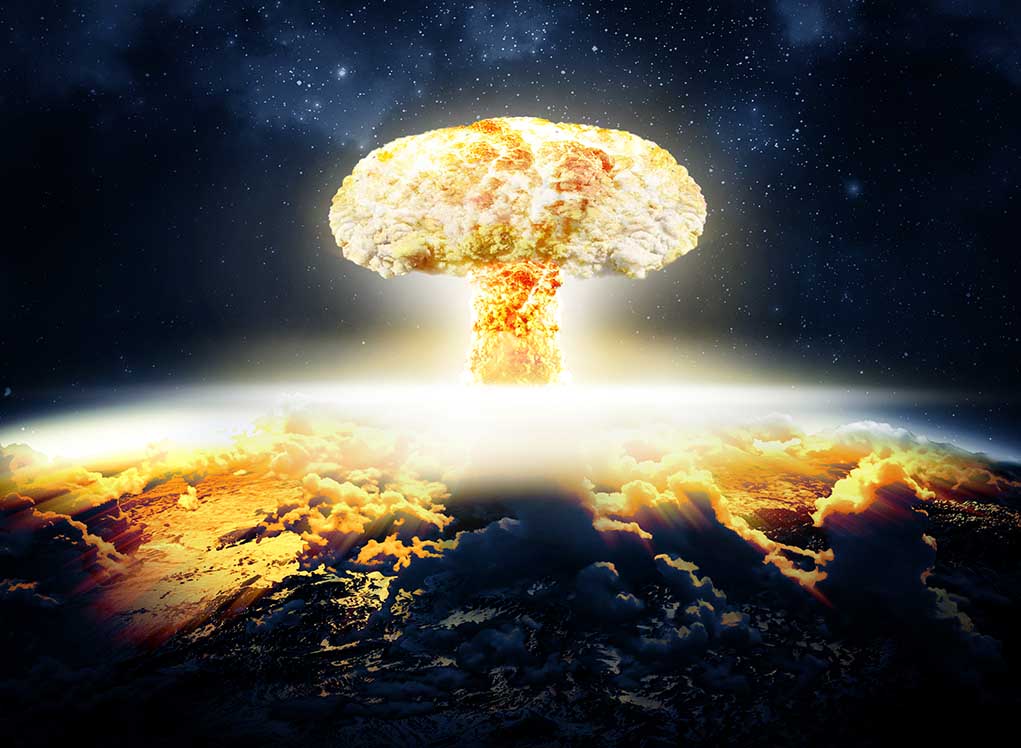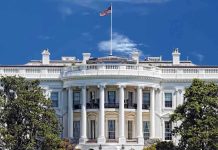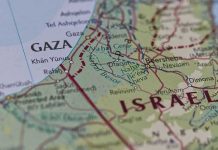
Despite its name, the Manhattan Project wasn’t stationed in the New York City borough. World War II saw technology and weaponry advance at a pace that was never before seen. With Hitler creating secret super weapons, the rest of the world, namely the United States, needed an answer. That answer was the Manhattan Project.
Playing Catch-Up
In 1939, with intel from US Intelligence officers, President Franklin D. Roosevelt created the Advisory Committee on Uranium (ACU). The ACU would be the first step to create what eventually became the Manhattan Project as an answer to the apparent creation and readiness to use nuclear weapons by Hitler. The committee, which was composed of scientists and military officials, had one simple task, to learn the weaponization potential of uranium.
With funding from the US government, two men from the University of Columbia, Enrico Fermi and Leo Szilard, focused their attention on radioactive isotope separations, also known as uranium enrichment; the two also focused on nuclear chain reactions.
In 1940, the ACU became known as the National Defense Research Committee. Again, in 1941, the name changed, this time to the Office of Scientific Research and Development (OSRD). Later that same year, the US became involved in World War II after Japan’s bombing of Pearl Harbor. In 1942, upon President Roosevelt’s approval, the Army Corps of Engineers became part of the OSRD. The project was officially the concern of the US military from this point forward as scientists served as support.
Starting the Manhattan Project
The Manhattan Engineer District was formed by the OSRD, and US Army Colonel Leslie R. Groves in 1942 took command of it. The agency was based in the New York City borough with the same name, hence why it was named the Manhattan Engineer District. Fermi and Szilard, now with the University of Chicago, were still actively researching nuclear chain reactions and uranium enrichment. The two eventually succeeded in their quest to enrich uranium and created uranium-235.
Meanwhile, Glenn Seaborg and his team were creating something else, pure plutonium on a microscopic scale. The Canadian government was also conducting their own nuclear research in several areas of Canada. The Manhattan Project was formally organized on December 28th, by President Roosevelt; all of these separate branches of research would be combined into one. Officials established sites throughout Canada, Washington, Tennessee and New Mexico with a singular goal in mind, to weaponize nuclear energy.
Ahead of the Game
One theoretical physicist, J. Robert Oppenheimer, alongside Edward Teller and others, already had a working concept of nuclear fission when Oppenheimer was nominated as head of the Los Alamos Laboratory in New Mexico in 1943. The creation of the laboratory, known simply as Project Y, was established in 1941 and was the first place the Manhattan Project bombs were built and tested.
July 16th, 1945 was the day that the Trinity Test was conducted; it was the first successful atomic bomb test. After the test in a desert near Alamogordo, NM, the Atomic Age had finally begun with an explosion producing a 40,000-foot-tall mushroom cloud.
Under Oppenheimer, the scientists created two different bombs. They named the first, a uranium-enriched bomb, the Little Boy; they called the second, which was plutonium-based, the Fat Man. The US integrated these bombs into their battle strategy as a way to end the war.
Peace Talk
In Europe, the Germans were taking substantial losses and nearing surrender. US military leaders came to an understanding that Japan would not surrender without an invasion of their homeland; this was a serious problem for those trying to end the war. Just 10 days after the Trinity Test, the Potsdam Conference took place on July 26th, 1945.
The United States gave Japan a choice many would find easy to make: either reform the country’s government to become a peaceful democracy or face “prompt and utter destruction.” Japan’s emperor was given no role in the new government and decided to not surrender, leaving the US no other choice.
Dropping Bombs
Hiroshima was seen by US officials as an ideal target for nuclear detonation. No known American prisoners of war were present in the area and the city’s size was ideal. So, with no surrender in place, on August 6th, 1945, the Little Boy was dropped on Hiroshima, resulting in a loss of life and devastation covering five square miles. The destruction was unprecedented.
Three days later, on August 9th, with no surrender submitted, the US dropped the Fat Man on Nagasaki; the bomb destroyed more than three square miles. In total, more than 100,000 people were killed by the two bombs.
On August 10th, Japan issued an intention to surrender to the US. On the 14th of August, Japan officially surrendered, ending the second world war.
Legacy Living On
The Manhattan Project was created with the goal of ending the war. While effective in its efforts, the US saw additional potential in nuclear energy. Its use expanded to several fields such as the medical and power industries, powering cities and being the reason we have X-ray and CAT scan machines.
The military’s application of nuclear energy surpassed that of simply devastating cities and populations. Now, all the US military’s submarines, as well as several of the US Navy’s ships, are powered via nuclear energy. Without the creation and success of the Manhattan Project, the war may have ended differently, and we could be living very different lives than we are today.













